Restaurants all around the world compete for Michelin stars. But what exactly are Michelin stars, and why are they so important?
I’d heard the phrase “Michelin-starred restaurant” so many times during my tenure in the hospitality industry that it had become ingrained in my memory and I believed I knew what it meant.
It wasn’t until much later that I took the time to fully comprehend the merit behind those words, and in this article, I’ll share with you what I have learned.
Let’s have a look into Michelin’s history, how the guide came to be what it is today, and what we know about the process for restaurants to earn Michelin stars.
History of Michelin Stars
While the Michelin brand is best recognized for its tires, it’s also famed for its annual Michelin Guide.
The Michelin Guide was first printed in 1900 and was initially given away for free until 1922, before Michelin started charging 7 francs for it. It contained maps, instructions on how to replace tires, and information on where to locate gas stations, mechanics, hotels and restaurants.
With less than 3,000 automobiles on the road at the time, the Michelin brothers André and Édouard thought that by exhibiting all of the destinations that an automobile might take you, they might entice more people to buy a car, and thereby increase the demand for their tires.
Over time, the Michelin Guide has grown from a humble roadside guide to the forefront resource for locating culinary excellence, and has been referenced as the “Red Bible” in the fine dining world.
While other guides had come and gone during the 1900s, it was Michelin’s prominence as a tire manufacturer that allowed them to hire more restaurant inspectors and publish a guide that was far superior than the competition.
The guide quickly gained popularity across France, and guides in various other European countries were published shortly after. Today, the Michelin Guide is published in over 25 countries.
How Do Michelin Stars Work?
The Michelin star didn’t appear in the guide until 1926, and it wasn’t until 1931 that a three-star system was introduced. Since then, Michelin stars have quickly gained the reputation of being the greatest accolade of the fine dining industry.
Earning the title of “Michelin-starred restaurant” is typically seen as the golden ticket in the restaurant industry, and has influenced the careers of chefs and restaurants all across the world.
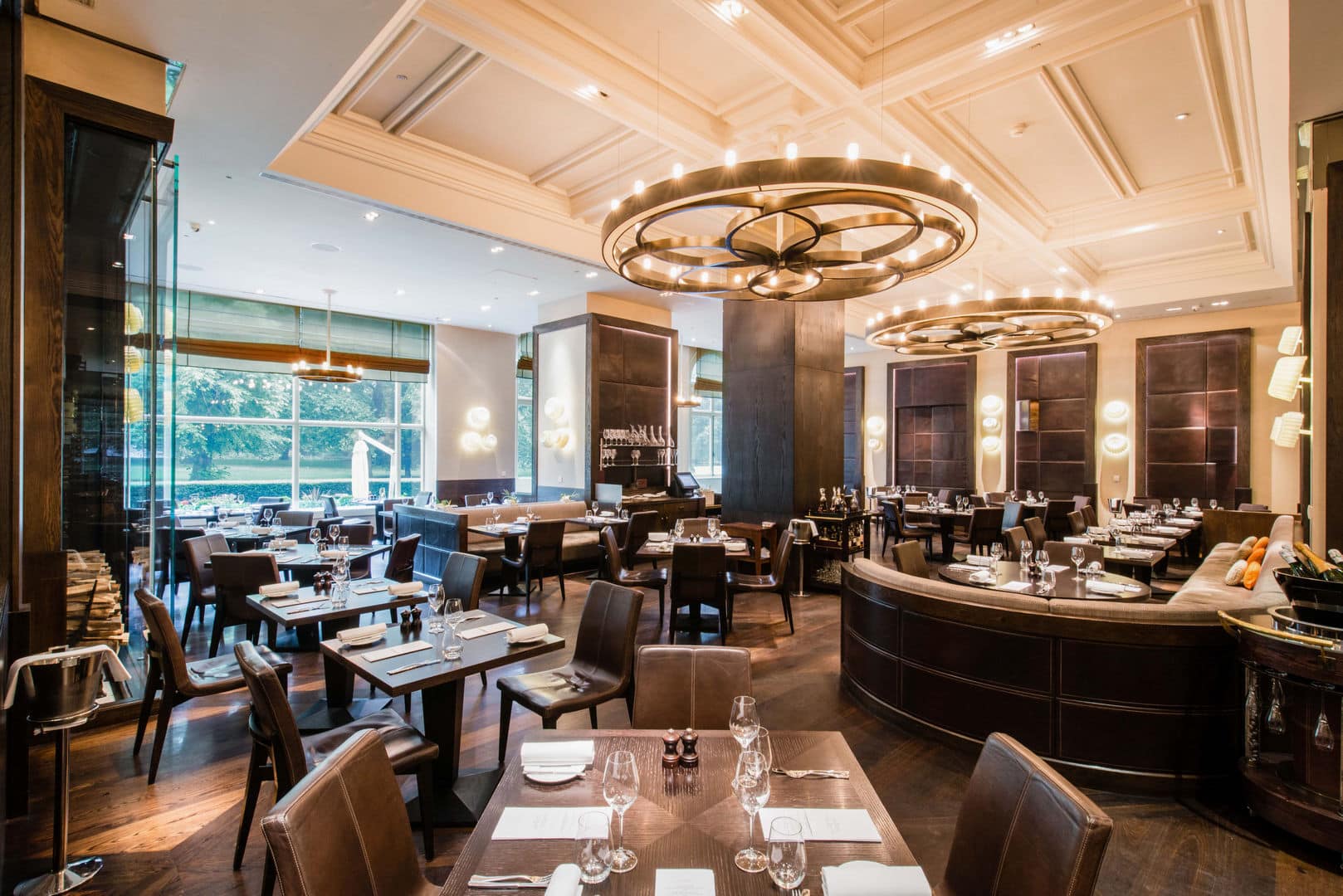
But this is no easy feat: earning Michelin stars is very difficult, and the stars are only awarded to restaurants that Michelin considers the very best. To make matters even more difficult, Michelin remains secretive about the specific criteria and review process used to award stars.
So, what do the stars mean? Michelin has labelled its ratings as follows:
- One star: High quality cooking, worth a stop
- Two stars: Excellent cooking, worth a detour
- Three stars: Exceptional cuisine, worth a special journey
According to Michelin, the inspectors do not take into account the restaurant’s decor or the quality of service that is provided by the restaurant. Instead, they judge the quality of the food on five criteria:
- Quality of ingredients
- A chef’s mastery of flavour and cooking techniques
- The chef’s ability to imbue the cuisine with his or her culinary “personality”
- Value for money
- Consistency between visits
I do find it odd that the chef’s personality is one of the five criteria, as Michelin has publicly stated that the stars are awarded to the restaurant, and not the chef – but more on this later in the article.
Meanwhile, service is instead graded using a five-tier spoon and fork system, with one spoon and fork being “quite comfortable”, and five spoon and forks being “luxury in the traditional [French] style”.
Michelin also gives out the “Bib Gourmand” award, which was created in 1955, as a way to recognize restaurants that serve good food at moderate prices.
This is a great resource to use while travelling, as it can direct you to high-quality restaurants that offer great value for more modest price points compared to your typical Michelin-starred venue.
Michelin Inspectors
Michelin has done a very impressive job in keeping not only their evaluation process a secret, but the identities of their inspectors as well.
I couldn’t find much information from official sources other than Pascal Remy’s tell-all book, L’inspecteur se met à table, which he was fired for publishing after 16 years as an inspector.
Inspectors must be experts in their field, have a high degree of attention to detail, and a love and passion for a wide variety of foods. The job also comes with a fair bit of travel involved, with up to three out of four weeks per month on the road and eating over 250 meals out per year.
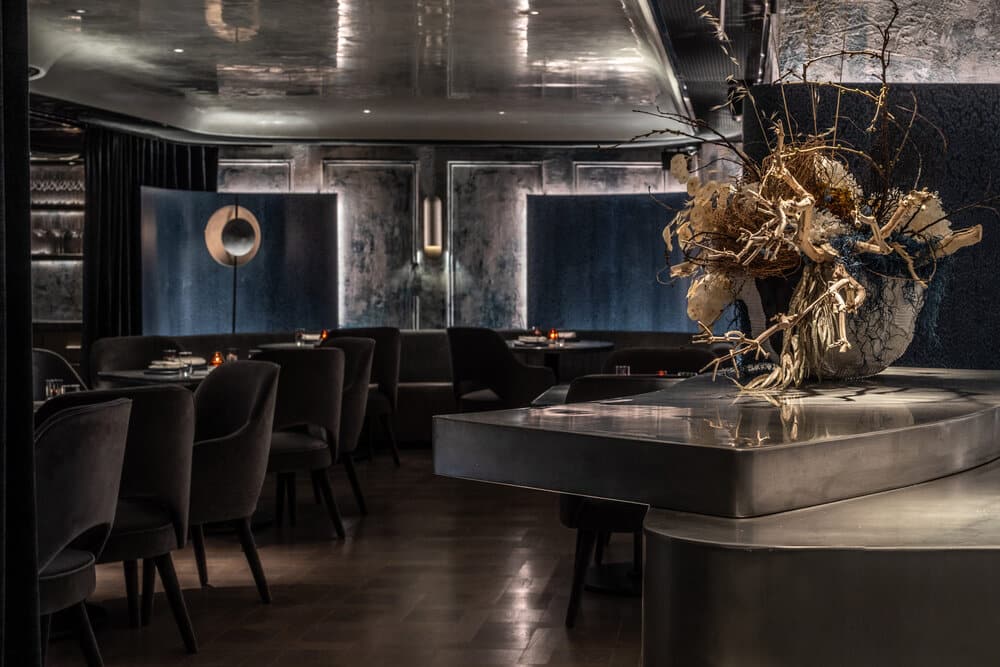
Inspectors are prohibited from speaking to journalists, and are encouraged to keep their line of work secret, even from family members.
The secrecy around the Michelin inspectors is to ensure that restaurants are not able to manipulate the judges through preferential treatment, which could affect one’s ability to fairly judge a restaurant entirely on its merits.
Michelin Restaurants
As of 2021, there are 2,817 Michelin-starred restaurants, with only 132 possessing three stars. I myself have visited a three-Michelin-starred restaurant, Atelier Crenn in San Francisco, which I reviewed late last year.
The countries with the most three-Michelin-starred restaurants are France and Japan, each boasting 29 venues. The United States is in third place with 14, followed by Spain and Italy, who are tied with 11 each.
Given the guide’s French origins, it’s no surprise that France has the most Michelin stars overall, holding 628.
Michelin-starred chefs are often known to cater for some of the world’s leading airlines. I know many of us are looking forward to travelling to Japan this year, and you can enjoy a meal by a Michelin-starred chef Jun Mishina at 35,000 feet with Japan Airlines in business class or First Class.
Meanwhile, three-Michelin-starred Chef Alain Ducasse designs the menu in the Air France La Première Lounge Paris.
While many Michelin-starred restaurants are what I would consider to be expensive, it’s worth noting that a hawker’s stand in Singapore was awarded one Michelin star in 2016. That star has since been lost, but at the time it was the world’s least expensive Michelin-starred meal, at just $3.
It’s unfortunate that Michelin stars have not yet made it to Canada. Do you know of any noteworthy Canadian restaurants that should make the cut? Let me know in the comments below, I’d be interested to hear your thoughts.
Critics of the Michelin Guide
“I don’t need Michelin and they don’t need me. They sell tires, I sell food.” —Marco Pierre White
Not everything is sunshine and rainbows in Michelin’s world, and they have faced heavy criticism from the restaurant industry over the years. Chefs have chastised the rating system, to which many feel they have become captive, as undue levels of pressure are felt by both the restaurant and their patrons to deliver and receive a “Michelin-starred” experience.
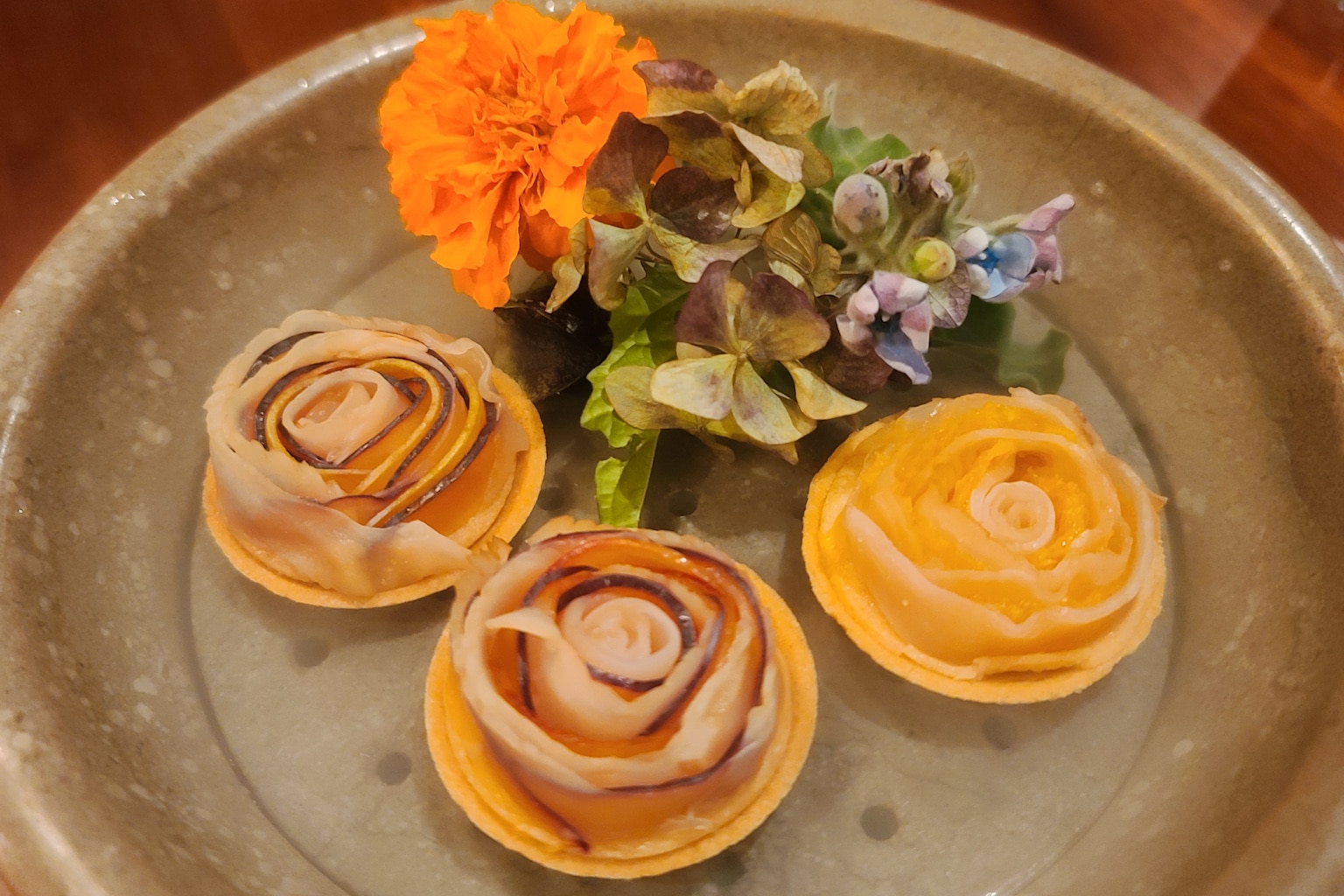
In 1996, the late Joel Robuchon denounced his three Michelin stars for his restaurant in Paris, claiming he was concerned about his health and attempting to meet the guide’s requirements.
When Sebastien Bras and Marc Veyrat asked for their restaurants to be removed from the guide, the guide’s international director told them that they weren’t theirs to return, because stars are given to the restaurant, not the chef.
Well-known French chef Bernard Loiseau tragically committed suicide amid rumours in the press that his restaurant was about to lose its three-star status, while Chef Gordon Ramsay says he wept when his New York restaurant lost its two-star status.
Conclusion
Michelin stars can make a restaurant, but they can also break a restaurant. I suppose this is an unavoidable byproduct when the world’s best restaurants are competing for top spot in a field as universal as gastronomy.
It’s undeniable that Michelin has cemented itself as the go-to resource when looking for dining options around the world. What started out as a promotional guide published by a tire company has become the definitive guide to fine dining for food-oriented travellers from around the world.
I look forward to continued exploration of the world’s cuisine – whether that’s my next Michelin-starred restaurant, at an eatery with the more modest Bib Gourmand award, or anywhere in between.



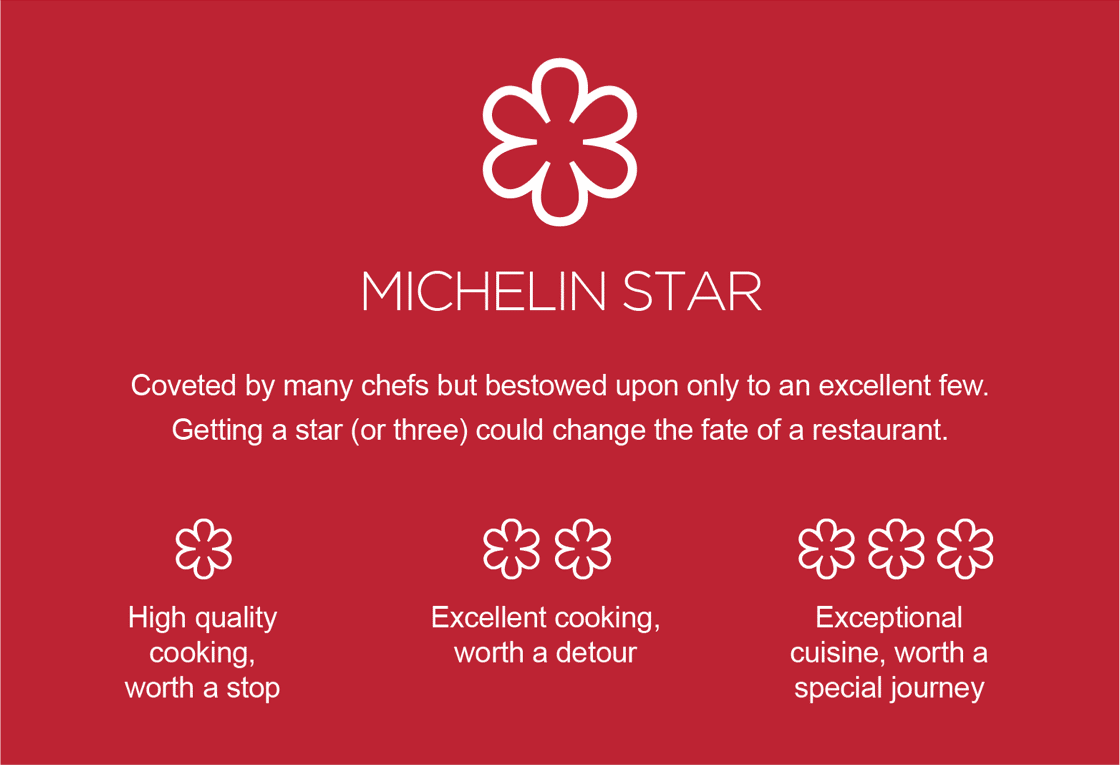
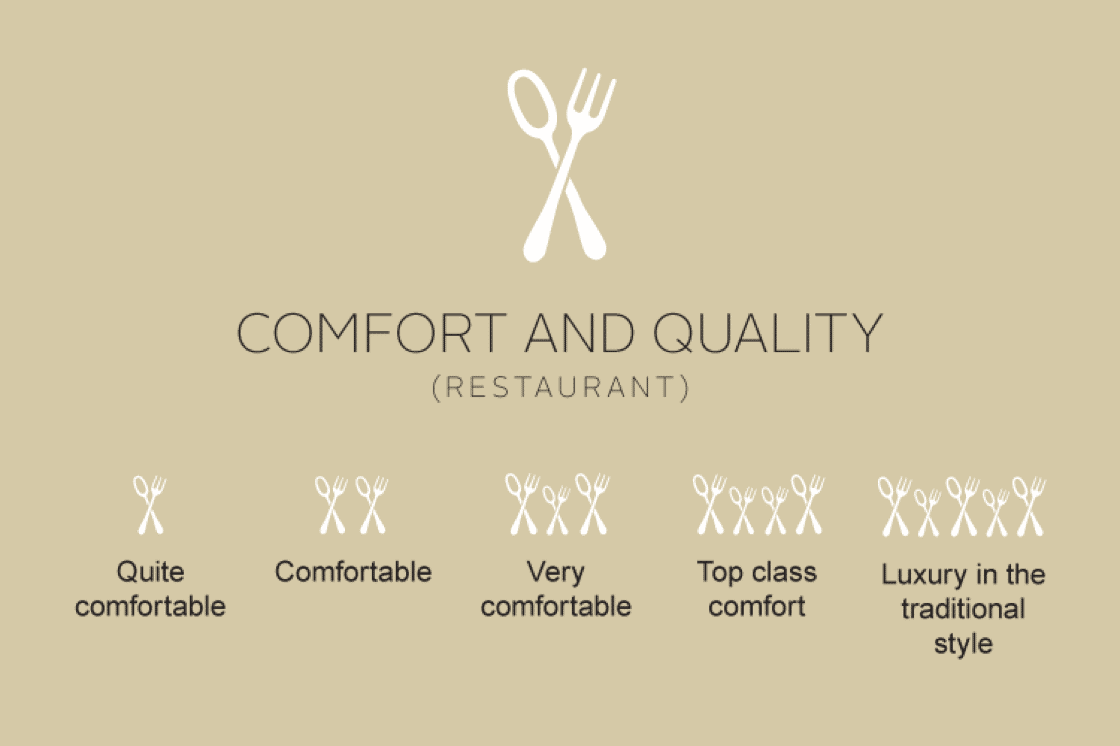
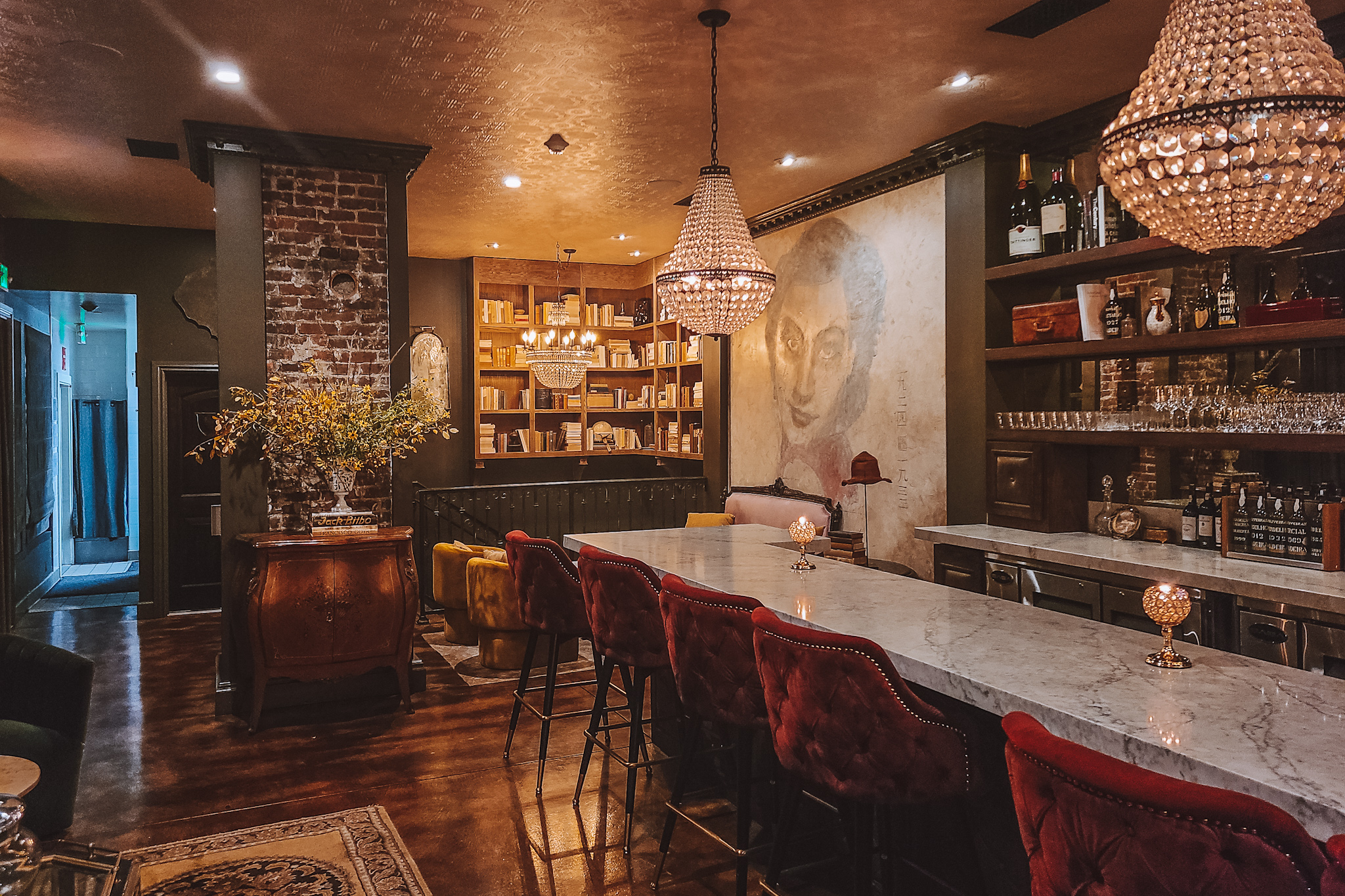
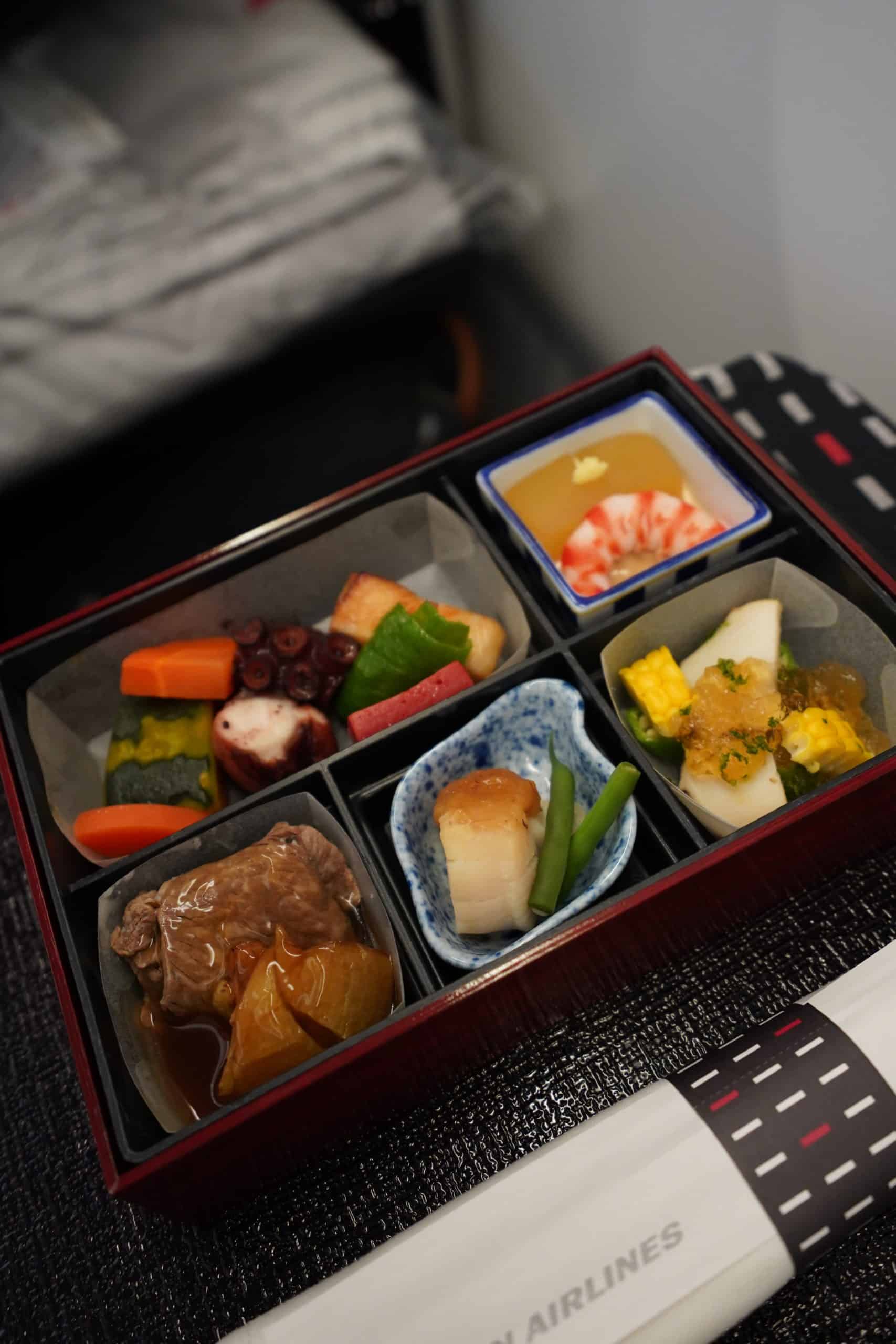
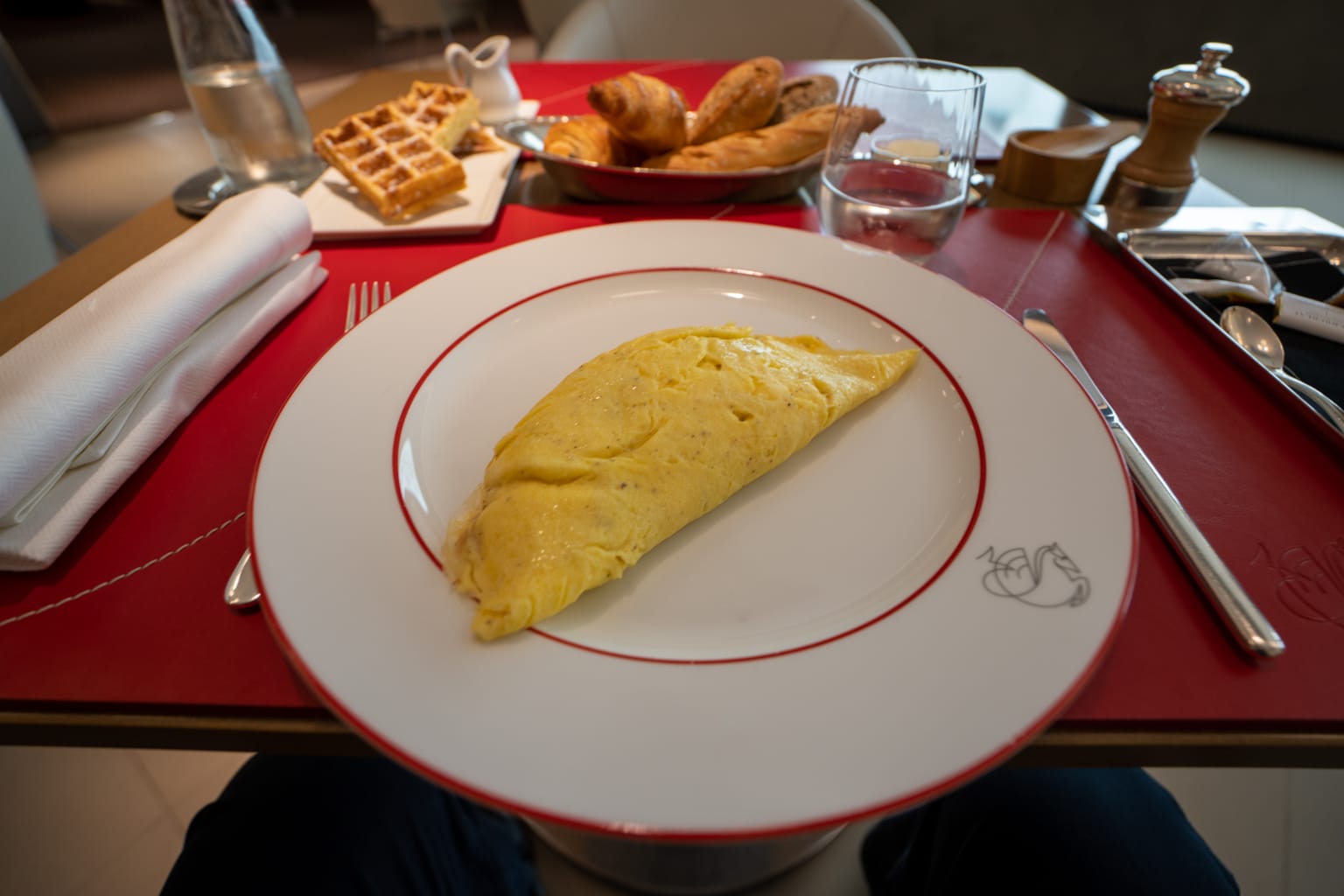













The pearl morisette in Jordan station is phenomenal
Love this place!